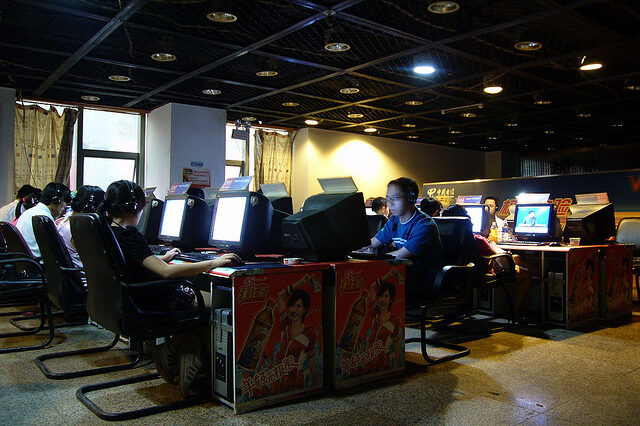Category: Methods
News
- Articles from Policy & Internet
- Books
- Call for Papers
- Child Safety
- Collective Action
- Conferences
- Democracy
- Development
- Economics
- Education
- Environment
- Ethics
- Governance & Security
- Health
- Interviews
- Mapping
- Methods
- Policy
- Politics & Government
- Publications
- Social Data Science
- Submissions Closed
- Tools
- Video
- Wellbeing
-

Do online consultations make citizens more satisfied with local democracy?
We find that giving citizens an opportunity to have a say in political decisions influences…
-

How easy is it to research the Chinese web?
—
The research expectations seem to be that control and intervention by Beijing will be most…
-

Can text mining help handle the data deluge in public policy analysis?
—
There has been a major shift in the policies of governments concerning participatory governance—that is,…
-

Harnessing ‘generative friction’: can conflict actually improve quality in open systems?
—
The more that differing points of view and differing evaluative frames came into contact, the…







